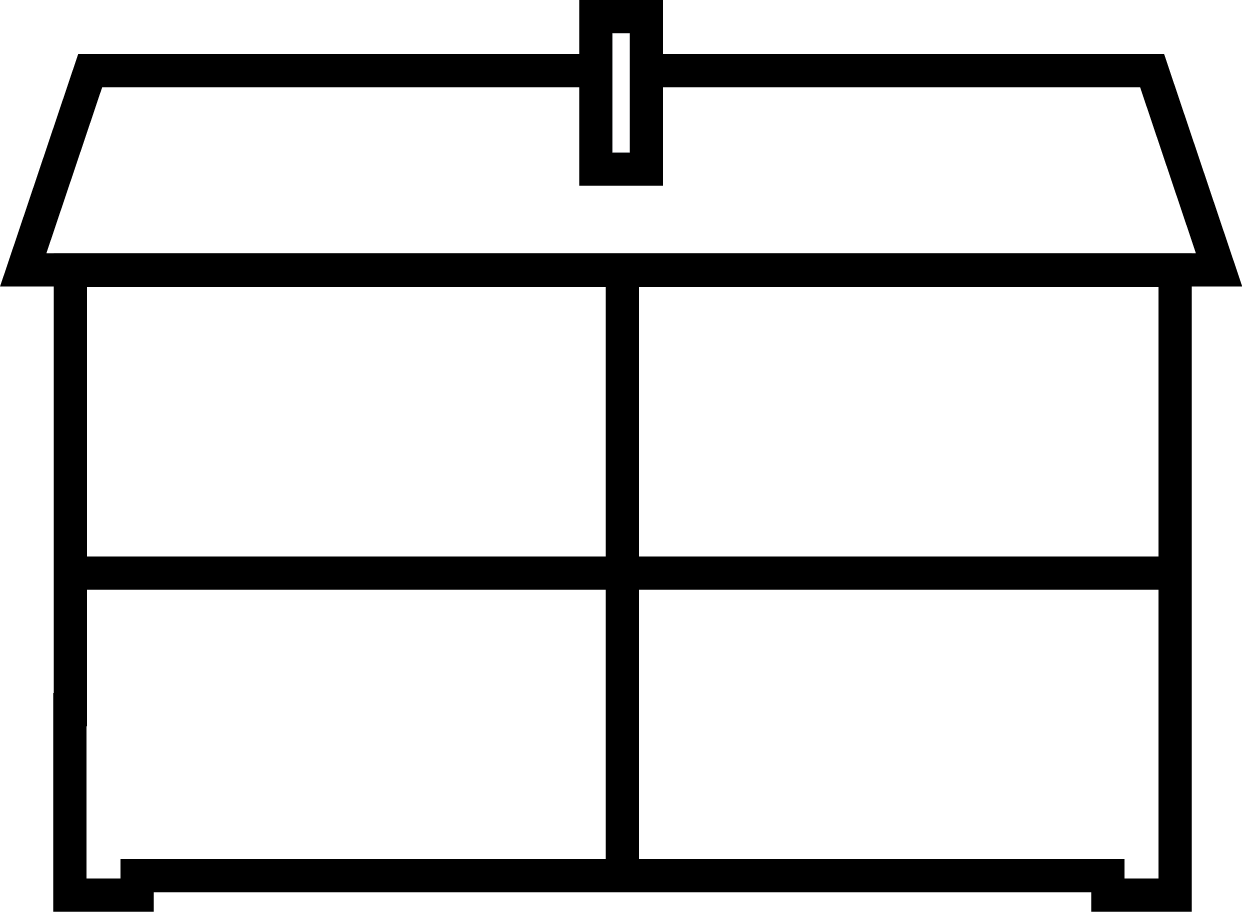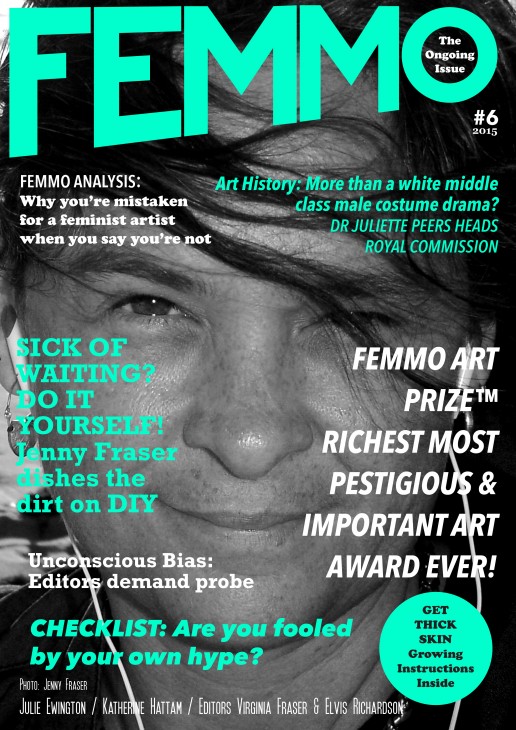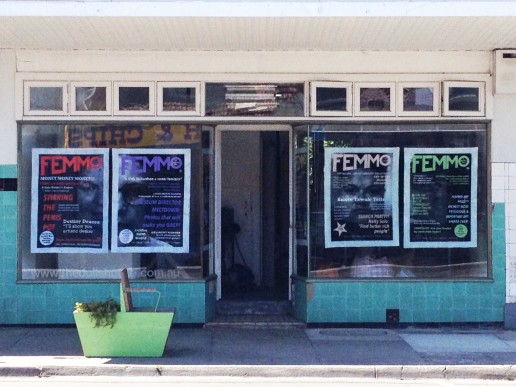GALLERY OF ARTS & CATS | Cat Rabbit
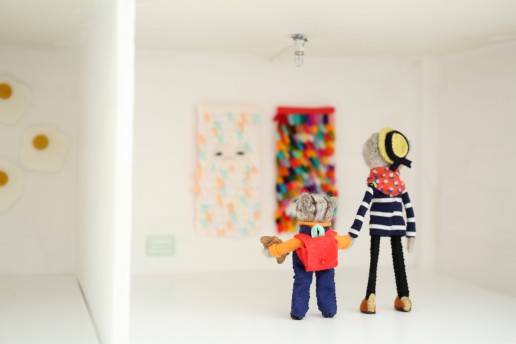
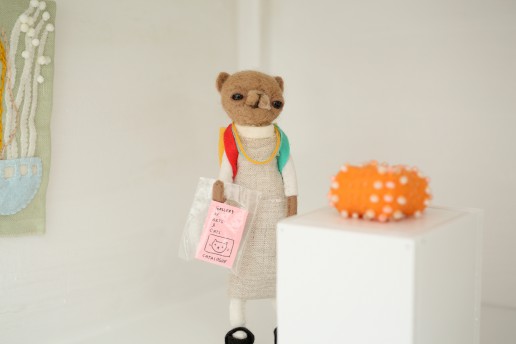
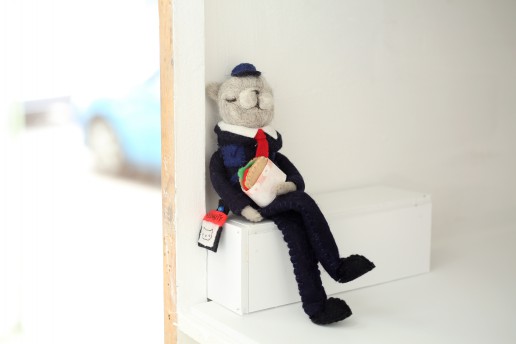
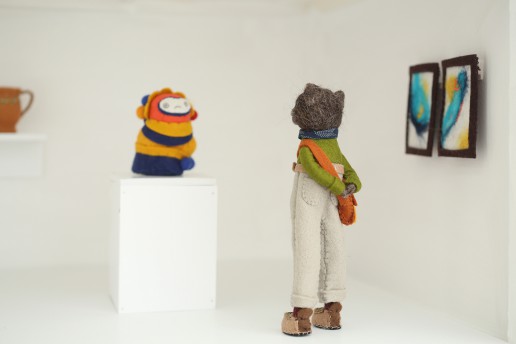
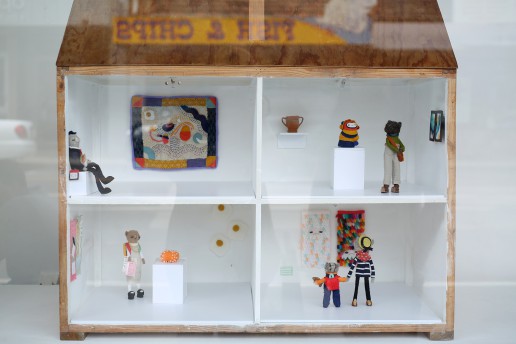
DECEMBER 2016 – JANUARY 2017
GALLERY OF ARTS & CATSCAT RABBIT
CURATED BY SOPHIA CAI
‘Gallery of Arts & Cats’ is a new and tiny solo exhibition by Melbourne textile artist Cat Rabbit, curated by Sophia Cai. Central to Cat Rabbit’s work is the idea of creating worlds and the characters that might live within them. ’Gallery of Arts & Cats’ engages with the miniature dimensions of the dollhouse to create a tiny world. The playful dioramas feature different gallery scenes, each presenting small versions of Cat’s new forays into textile experimentation and her popular felt characters.
In order to grow and change any artist must go through phases of experimentation and learning. These new directions can be met with equal amounts of excitement and uncertainty. Fear of public reception and the inability to shake off old expectations can be preventative to embracing new directions. In these gallery scenes, maquettes of new work are displayed for Cat Rabbit’s characters – and the viewer – to assess and critique in a tiny gallery setting.
PATHS FOR NAVIGATION:DOUBLE LIGHT | Emma Hamilton
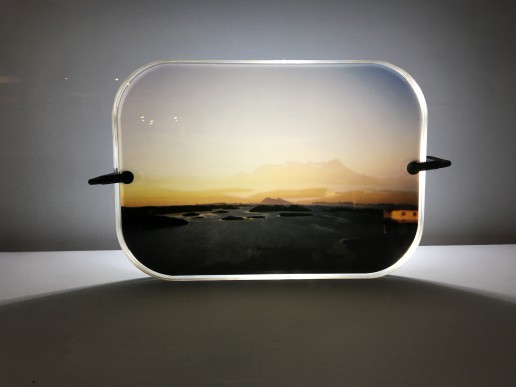
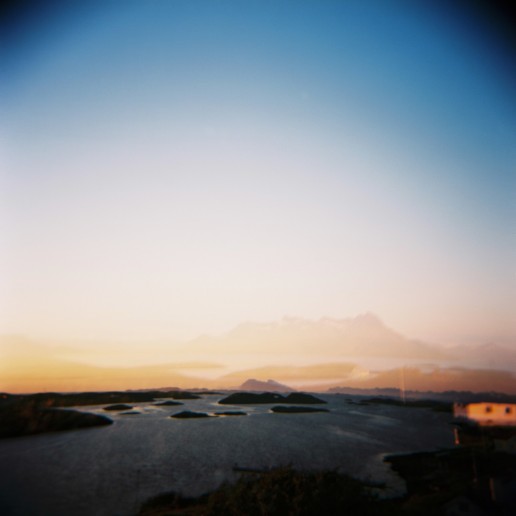
NOVEMBER
PATHS FOR NAVIGATION:DOUBLE LIGHTEMMA HAMILTON
CURATED BY SOPHIA CAI
Maps, borders, and lines of latitude and longitude are human constructions created to give us a sense of understanding, ownership and control over the landscape. However, when we enter the landscape these lines of demarcation and navigation lose their meaning.
‘Double light’ by artist Emma Hamilton seeks to materialise this notion of visual navigation based on lived experience in the landscape. In visual navigation we find our way through the relative position of landmarks, relying on the overlap of mountains, islands and houses in our lines of sight to locate our position.
For her solo exhibition at the Dolls House, Hamilton has created a double exposure photograph in the island landscape of Fleinvær Norway, the location where she was first introduced to the idea of navigating through sight lines. Here we are at once located and dislocated: placed into an unfamiliar landscape with two horizon lines to guide us.
This work continues Hamilton’s ongoing investigations into photography’s ability to make space, crossing the boundaries between object and image. She is interested in working at the intersection of sculpture and photography, by bringing photography into sculptural space as well as placing sculptural objects into the space of the photograph. Her work probes the disparities between the observed and the recorded: the camera’s view comparative to our experiential, visual observations.
NOTHING TO SEE HERE | Julie Burleigh
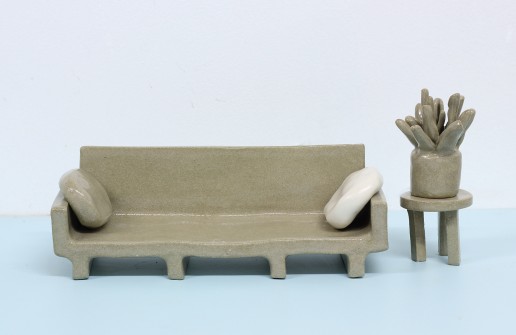
OCTOBER 2016
NOTHING TO SEE HEREJULIE BURLEIGH
CURATED BY SOPHIA CAI
The exhibition addresses the domestic environment and how it reflects and extends feelings of chaos and disorder, peace and stability. Burleigh works with both representational and abstract forms, and the scale of her works lend themselves to the Dolls House gallery.
Previous works by Burleigh have seen her create freestanding dioramas that are concentrated scenes, stills or frames. These dioramas are always filled with objects but devoid of inhabitants, who appear to have just stepped out of the scene. The rooms and their objects are portraits of their owners, and invite speculation on how our personal possessions tell our stories.
‘Nothing to See Here’ comprises four related scenes, divided amongst the four distinct ‘rooms’ of the Dolls House. The two abstract rooms are a pure unmediated expression of the artist’s states of mind, which is subsequently given a more readily accessible form in the more representational rooms.
Burleigh is a lover of comics and this body of work references the dense messy interiors of Julie Doucet’s ‘Dirty Plotte’ and ‘My New York Diary’, Frank Miller’s and Geof Darrow’s ‘Hard Boiled’, and the intense personal ramblings of Dan Clowes. Her practice is also influenced by an interest in science fiction and the attendant theme of ‘world making’ or ‘other worlds’.
CUTTING CORNERS | Robbie Rowlands
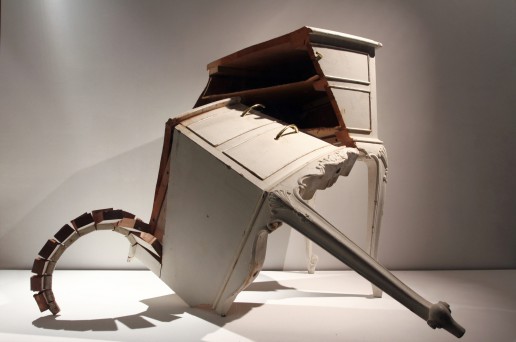
APRIL – MAY 2016
CUTTING CORNERSROBBIE ROWLANDS
Exhibited across two window frontages, Robbie Rowlands’ Cutting Corners brings in to question our understanding of the ordinary. Through his distinctive cuts and manipulations of commonplace objects, Rowlands balances both the destruction of a subject and the potential for its re-imagining in order to shift our reading of the structural conventions that make up our surrounds.
